
Linking History & Craftsmanship: The Rare 1670 Silver Caudle Cup by Hull & Sanderson
A Tangible Connection to America’s First Coinage and Paper Currency On August 22, 2022, a…
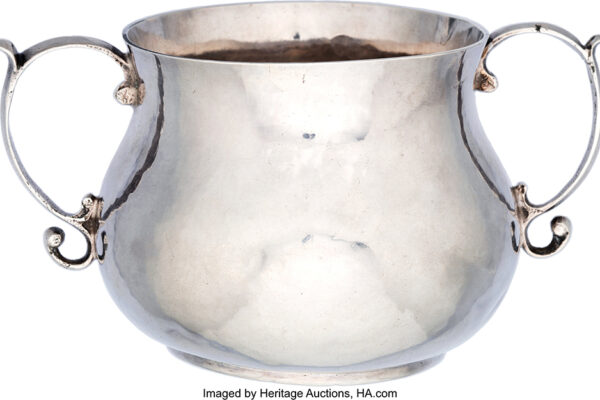
A Tangible Connection to America’s First Coinage and Paper Currency On August 22, 2022, a piece of early American history changed hands, captivating collectors and history enthusiasts alike. The rare circa 1670 Silver Caudle Cup, crafted by the renowned silversmith duo John Hull and Robert Sanderson Sr., was sold for an impressive $144,000. This exquisite…
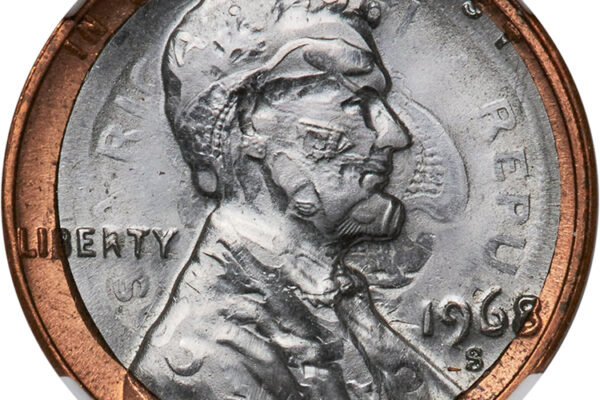
The 1968-S Lincoln Cent with a 1967 Costa Rica 5 Centavos Twist Coin collectors and enthusiasts often seek out rare and unique pieces to add to their collections. Heritage Auctions, a renowned auction house for collectors, is currently offering an extraordinary coin that is garnering significant attention for its exceptional nature: a 1968-S 1C Lincoln…
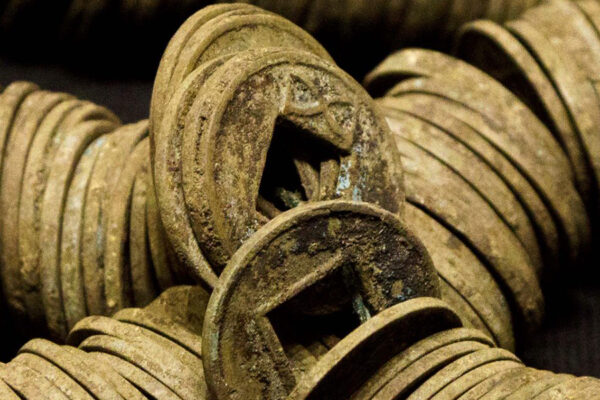
Greetings, fellow numismatists! Albert Coinstein here, delving into the fascinating world of ancient coins from China and their history. I personally find the intricate and diverse designs of Chinese coins captivating. Come along with us as we explore the cultural significance of ancient Chinese coins, providing a glimpse into the remarkable ingenuity of one of…
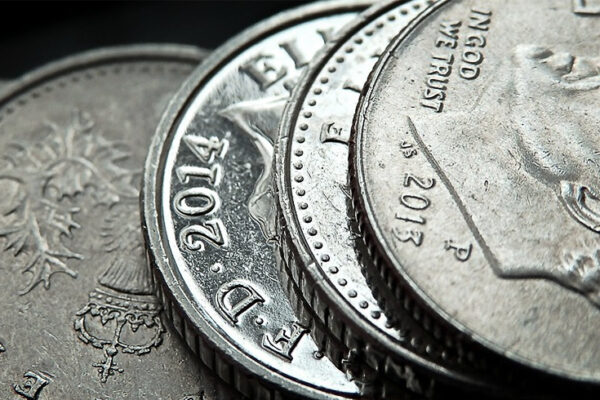
Greetings, fellow numismatists! This is Albert Coinstein, and today, I’ll be sharing my knowledge on navigating the online coin market. While buying coins online offers a certain convenience it’s essential to proceed with caution to avoid potential pitfalls. In the spirit of my famous equation, E=mc², let’s explore the essential elements of online coin buying:…
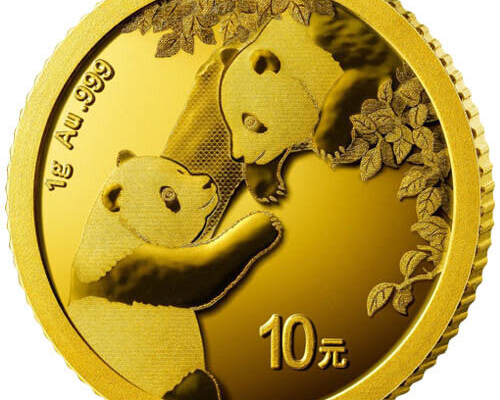
Greetings! Albert Coinstein here, and today I invite you to explore modern Chinese coinage. Including the rich history, design elements, and investment potential of these alluring coins. Key Points Topics Discussed The Evolution of Modern Chinese Coinage Chins first developed machine struck coins in the late 19th century where they circulated alongside traditional cast coins….
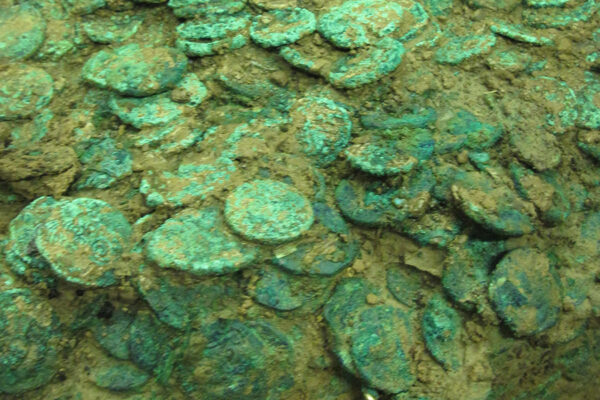
Unearthing the World’s Most Astonishing Coin Treasures There have been some remarkable treasures unearthed in the past, a few more astounding than others. This fun little article details five extraordinary coin hoards and their discoveries. From England’s Hoxne Hoard to the Atocha Shipwreck off the coast of Florida. If this becomes popular we’ll be certain…

Here is a quick list of online coin marketplaces and dealers. Each offers a range of products some more bullion oriented than others. Pros and cons of each has been listed to quickly assist you in deciding which marketplace may best suit your needs. In general marketplaces allow you to sell your coins, while dealers…
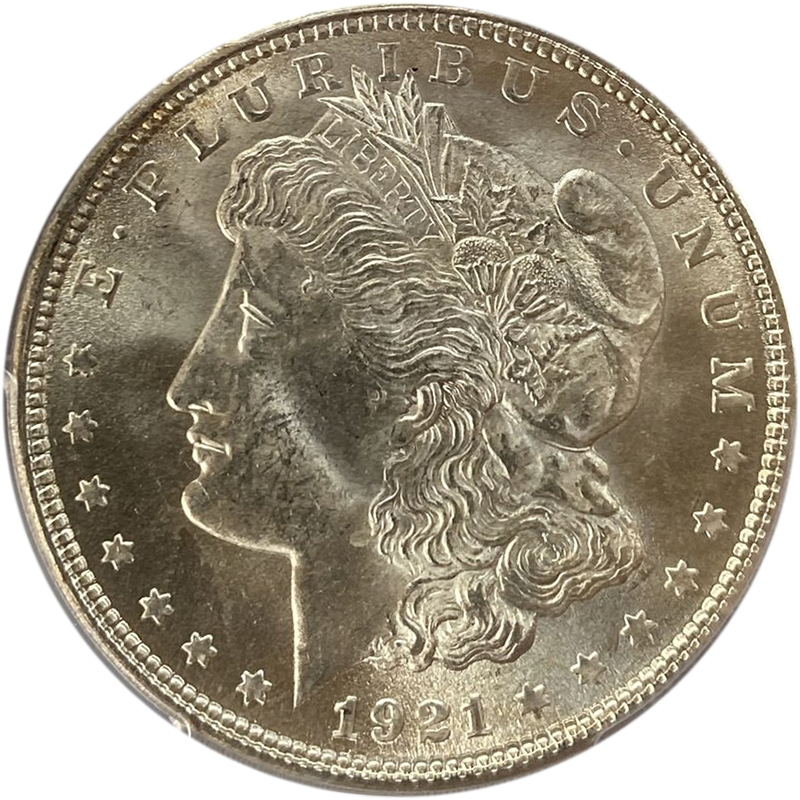
The 1921 P Morgan Silver Dollar, struck at the Philadelphia Mint, is a sought-after collectible from the iconic Morgan Dollar series, marking its final year of production. Composed of 90% silver and 10% copper, it has a diameter of 38.1 mm and weighs 26.73 grams. The absence of a mint mark signifies it was minted…
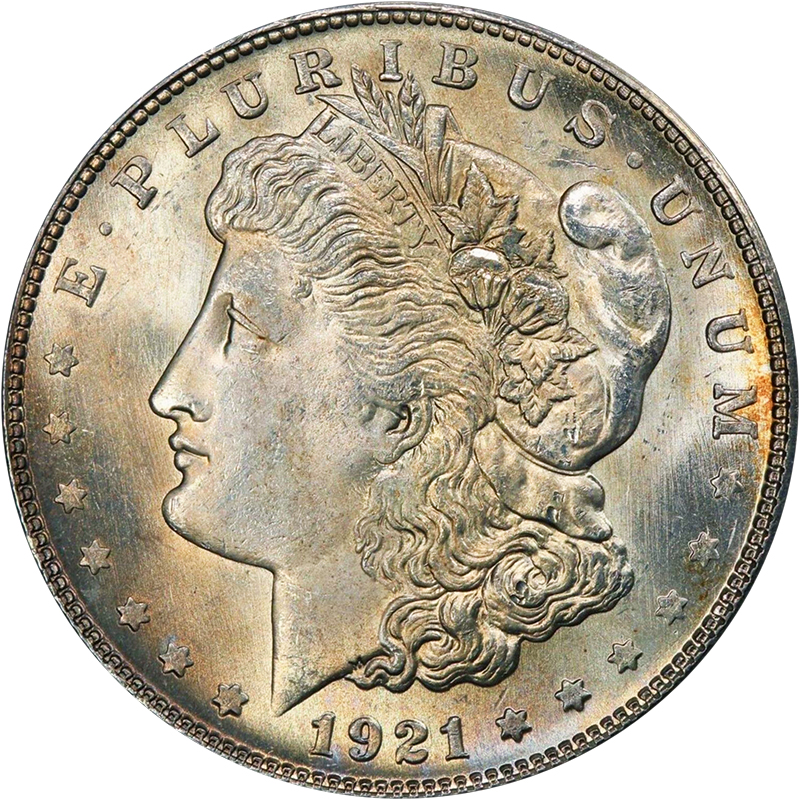
The 1921 S Morgan Silver Dollar, struck at the San Francisco Mint, is a sought-after collectible from the renowned Morgan Dollar series. Composed of 90% silver and 10% copper, it has a diameter of 38.1 mm and weighs 26.73 grams. The mint mark is located on the reverse side above the ‘D’ in “DOLLAR.” Its…
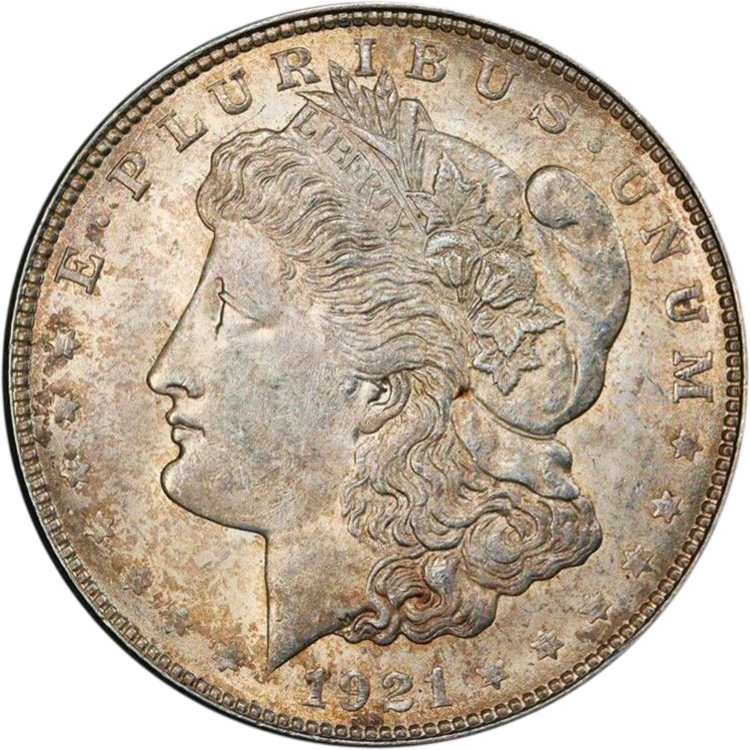
The 1921The 1921 D Morgan Silver Dollar, struck at the Denver Mint, is a sought-after collectible from the renowned Morgan Dollar series. Composed of 90% silver and 10% copper, it has a diameter of 38.1 mm and weighs 26.73 grams. The mint mark is located on the reverse side above the ‘D’ in “DOLLAR.” Its…